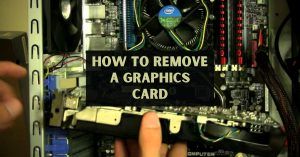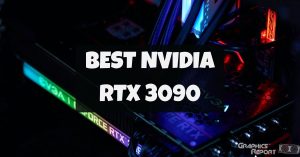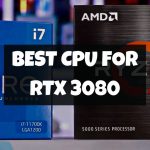
The graphics card is arguably the most vital part of a gaming PC. It serves the fundamental purpose of fueling all those frames you see on your screen and makes them look smooth. The better your video card, the better your game will play.
But like Uncle Ben said, “With great power, comes great responsibility.” The graphics card sure can bust out its muscles, trying to flex them for your game; it also produces a lot of sweat in that process. In simple terms, your video card produces heat when it’s being utilized in the game that you’re playing.
You need to make sure that it doesn’t get too warm to the point of thermal throttling and end up compromising your performance. GPU temps can reach quite the highs, and it’s up to you to maintain a somewhat steady temperature and increase your PC’s longevity.
How To Check Your Graphics Card Temperature – GPU Temp Monitoring Tools.
There are many different tools and utilities out there that will let you monitor your GPU’s temperatures and keep an eye out for thermal throttling. These tools will help you maintain the best temps possible.
1- SpeedFan.
SpeedFan is a very easy-to-use program that monitors voltages, fan speeds, and temperatures for various computer parts. So you can quickly check your GPU (and CPU) temperatures with this application.
SpeedFan can even access S.M.A.R.T. info and show hard disk temperatures. SpeedFan can access digital temperature sensors in your hardware and change fan speeds accordingly, reducing noise and giving better thermals.
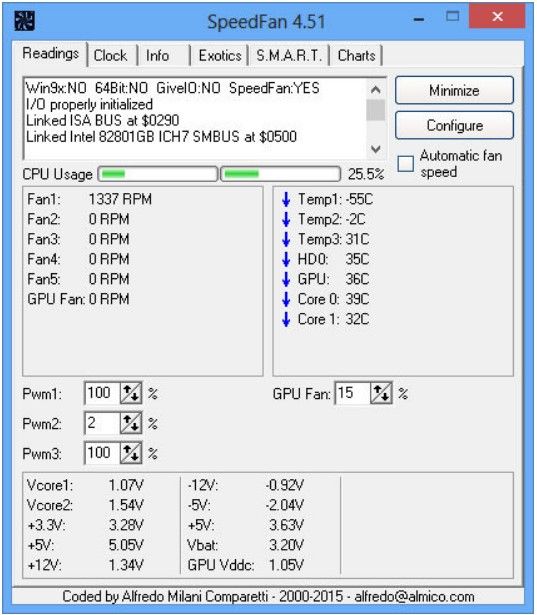
2- Nvidia Control Panel
The Nvidia Control Panel provides control of Nvidia graphics driver settings and other Nvidia utilities that you might have installed on your system.
But within this context, the Control Panel allows you to check your GPU’s temperature, fan speeds and adjust many different settings allowing for a better, smoother gaming experience. It is just one right-click away from your desktop if you have Nvidia graphics installed in your system.
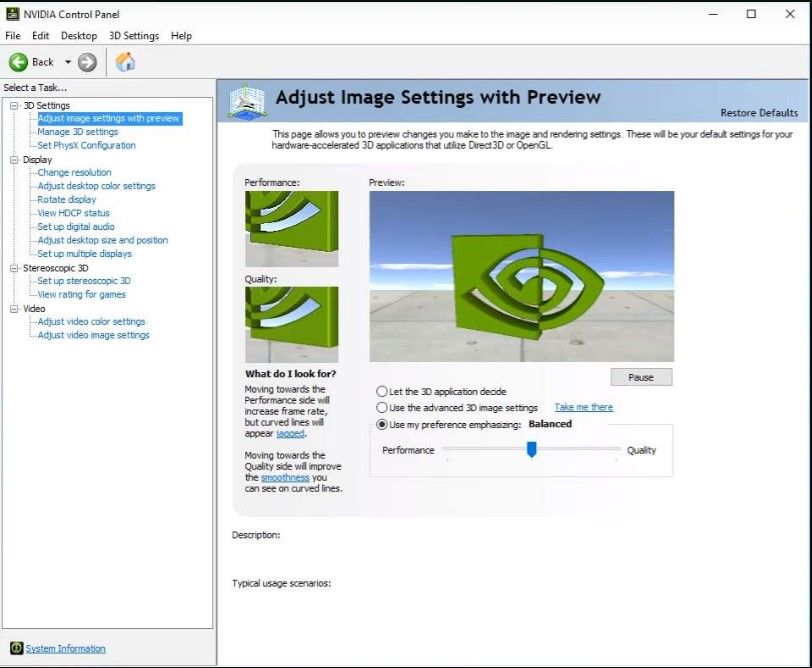
3- AMD Catalyst Control Centre
AMD Catalyst Control Centre is the AMD equivalent of Nvidia’s Control Centre. Likewise, it allows you to monitor various things about your computer, including but not limited to, GPU & CPU temps, fan speeds, per-game settings, audio settings, and much more.
If you have a Radeon graphics card, all you need to do is right-click on your desktop, and you will see the AMD Catalyst Control Centre option on top of the list.
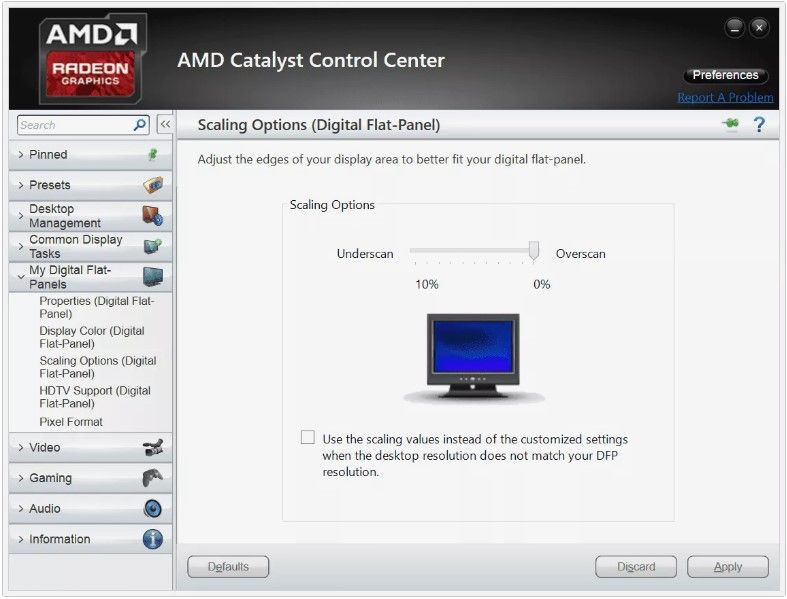
4- ASUS GPU Tweak
This software allows you to work with any graphic card, no matter the manufacturer (AMD or Nvidia), and it even works with cards from different brands like EVGA and Gigabyte.
It offers similar settings like GPU monitoring so that you can check on your temps very easily, and the whole ordeal of fan speeds, voltages, and frequency/speeds also follow.
ASUS GPU Tweak offers several overclocking functionality and other features like game optimization, and to its credit, the software is pretty straightforward.
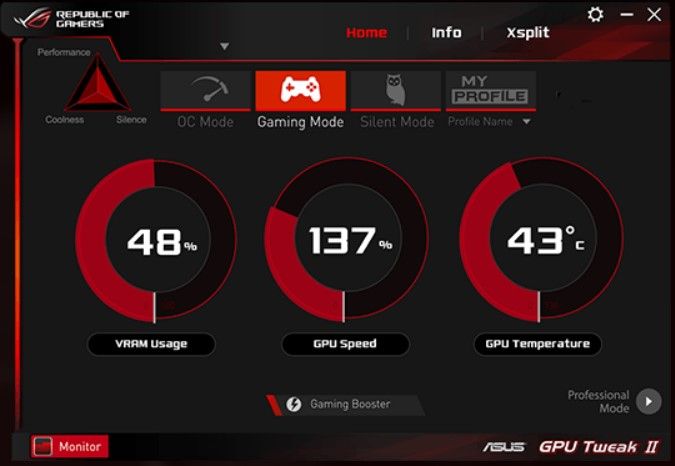
5- OpenHardwareMonitor
The Open Hardware Monitor is a free open source software that monitors temperature sensors, fan speeds, voltages, load, and a computer’s clock speeds. Open Hardware Monitor is very similar to SpeedFan as it can read temperature sensors in your hardware and access S.M.A.R.T info for storage devices. You can easily check your GPU temps using this software.

6- MSI Afterburner
MSI Afterburner is infamous in the PC gaming world. While fundamentally an overclocking utility, MSI’s software can offer very detailed information about your GPU’s temperatures and will allow you to monitor your temps easily.
It has an intuitive UI that enables you to control and check on every little detail of your graphics card and is generally regarded as the gold standard in the PC community for overclocking because of its versatility.

7- Unigine Heaven
Unigine’s Heaven Benchmark is a GPU-intensive benchmark tool that hammers graphics cards to the limits.
This powerful tool can be effectively used to determine a graphic card’s stability under extremely stressful conditions and check the cooling system’s potential under maximum heat output.
This way, you can get a pretty good measure of your graphic card’s temperatures under load/stress.
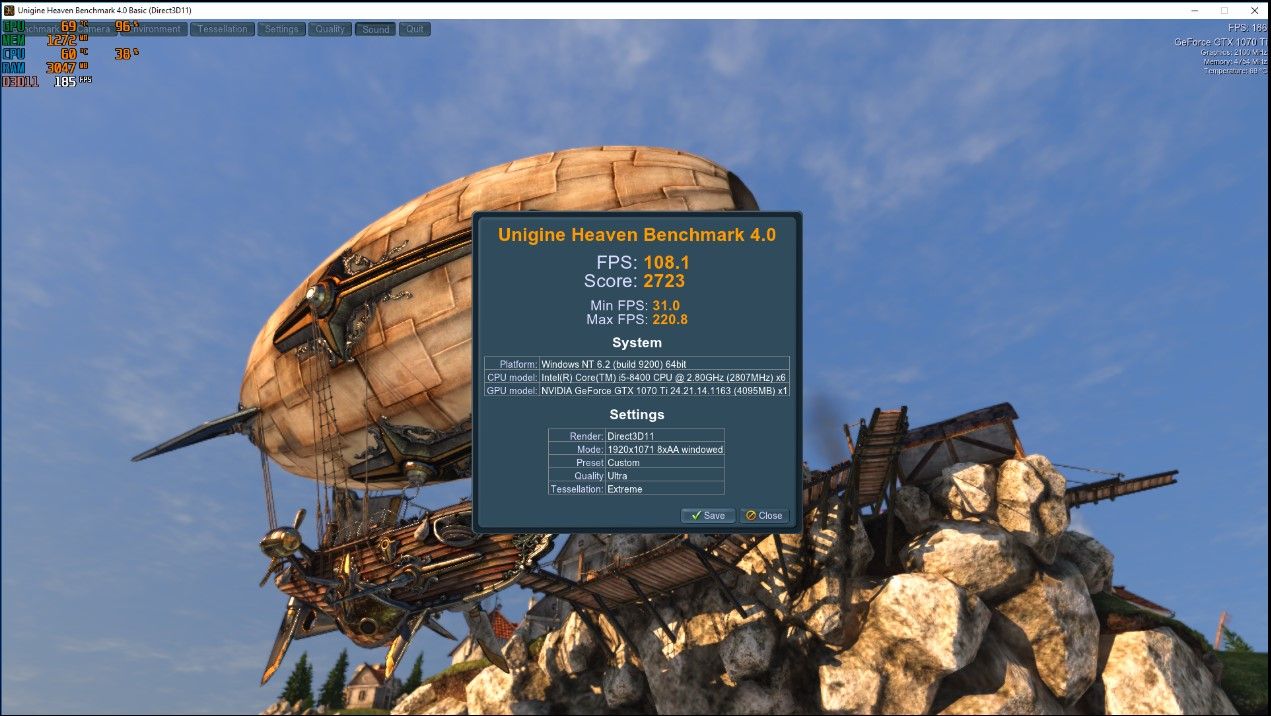
What Is A Good GPU Temp?
Unless you are gaming from within the cracks of hell itself, your GPU temps should not reach boiling hot temperatures because, well, that’s bad. Your temperatures should be steady for the most part under load and when idling. Otherwise, your graphics card’s lifespan would degrade incredibly fast.
The ideal temperature varies from card to card as it depends on the ambient temperature of the environment around it and the airflow inside the case.
If you live in a hot area and your room’s temperature is naturally higher, it will most likely influence your video card’s temperatures. The same goes for vice-versa (colder regions).
The absolute bar is 90 degrees. If your graphics unit is hitting 90, then you should already be concerned, but if it’s exceeding that, then you have a SERIOUS problem in the mix.

The cause of this can be a bunch of different things, from insufficient cooling to a faulty card; the latter one is infrequent. Either way, you will be introducing thermal throttling in your system and also, potentially, a time bomb.
The sweet spot on average is between 65-85 degrees while gaming or under load. When your system is idling, then it shouldn’t increase above 60 degrees.
Now, your graphic card’s ideal temperature depends on your specific model, and I would suggest you do some research online to get an accurate estimate.
For most cards, temperatures should never increase above 90; they should remain under 90, around 65-85 while under maximum load, and (below) 60 when idling.
How To Deal with High GPU Temps? – (Lowering Your Graphics Card’s Temperature.)
To stray away from thermal throttling, you need to keep your card’s temperature down, or else it will end up negatively affecting your performance. Maintaining good temps will also increase your card’s lifespan and give you more life out of it. The following are various ways in which you can do so.
Check The Airflow System
Your system needs sufficient cooling and the flow of air, both natural and artificial, contributes to that. Almost every single PC out there has at least one fan inside for airflow, while more modern systems have three or more fans depending on the budget.
Generally, you need an intake and an exhaust to maintain positive airflow, meaning having more intake pressure than exhaust pressure. Likewise, it’s good to aim for a positive airflow rather than a negative one, but it depends on the case and specific system.
Many older systems and pre-builts have negative air pressure since they are only trying to cool the heat being produced inside and don’t try to bring any fresh air from outside into the system.
Ensure whatever your system’s air pressure is looking like, it is sufficient not to give your components a tour of hell.
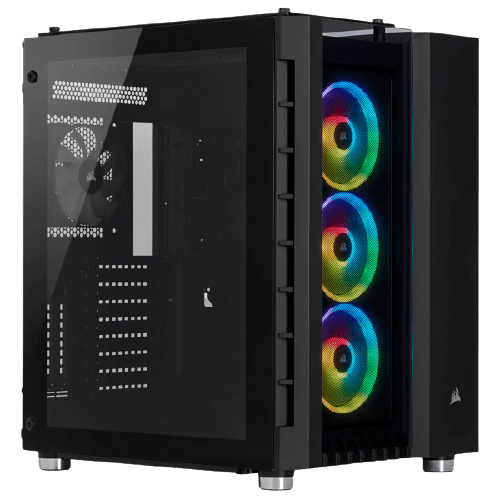
Thermal Paste Issues
There is a gooey liquid known as a thermal compound or thermal paste on your card, between the GPU’s actual die and the top plate, which transfers and dissipates heat produced through the heatsink and keeps the temperatures down.
Sometimes, especially after being used for years on end, the thermal paste can dry up, which can significantly increase your temps.
If you are experiencing high temps and have already checked your cooling/airflow, then opening up your graphics unit and checking the thermal paste is the next step you should take.
Thermal compounds come in different shapes and sizes, and you need to decide which one is the best for you by doing a little research.
Arctic’s MX-4 is a very popular choice if you are looking to get a carbon-based thermal paste, and Silver 4 is the best if you prefer a silver-based solution.
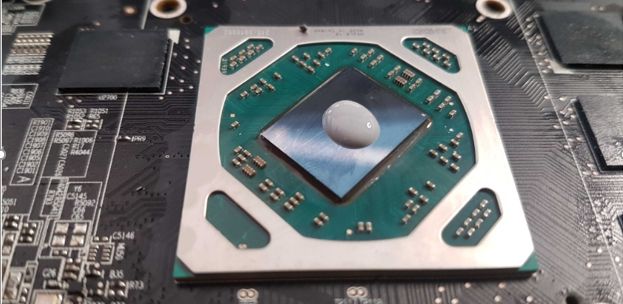
Dust
Dust is like the epitome of inconveniences; it gets into every single thing in your house, and in tech products, it can pile up inside, blocking off airflow and stopping the heat from escaping. In PCs, dust can very easily clog up the fans, which will significantly downplay your cooling and make your system dirty.
Many modern PC cases have dust filters that, well, filter the dust from coming inside the system, and they do succeed to some degree, but still dust gets inside and messes up with your PC. So, regularly clean your PC with a vacuum or compressed air to prevent dust from clogging your cooling and keep the temps under control.

Poor Cable Management
You didn’t think I’d call you out like this, did you? Poor cable management can lead to various problems inside your case. It will very soon become a refuge for all the dust, and the dust will keep piling up around those loose cables. Also, cables can get into the way of your cooling as they can block off airflow.
No matter your PC budget, good cable management can go a long way. Not only is it good practice, it makes your PC look cleaner, but it also helps you stay organized. And the biggest concern, cooling, would not be bothered if your cables are appropriately managed and not just hanging around like the third wheel friend.
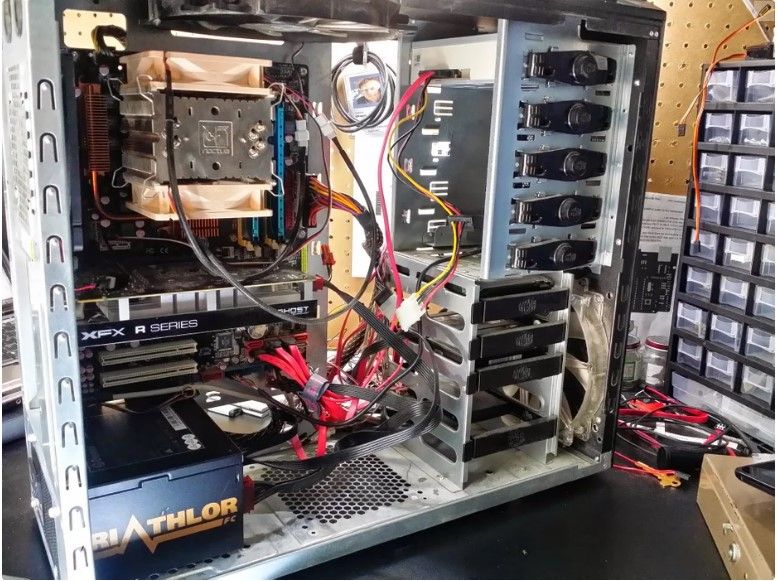
Don’t Overclock Too Much
Your 5700XT has some overclocking room, but that doesn’t make it an open canvas to OC it to 2Ghz and expect it to run at temperatures that match your refrigerator.
Overclocking is fun and can squeeze more out of your system, but it also ends up producing a lot more heat than you most definitely need to dissipate and cool off.
This is a straightforward PSA. Do not overclock beyond your cooling; loads of heat is produced when you overclock a graphic card, and you need to have a cooling system capable enough to cool off your graphics unit.
If you OC’d your card some time ago and left it at that and now you are experiencing high temps, then it’s a great idea to disable that overclock and start from scratch.
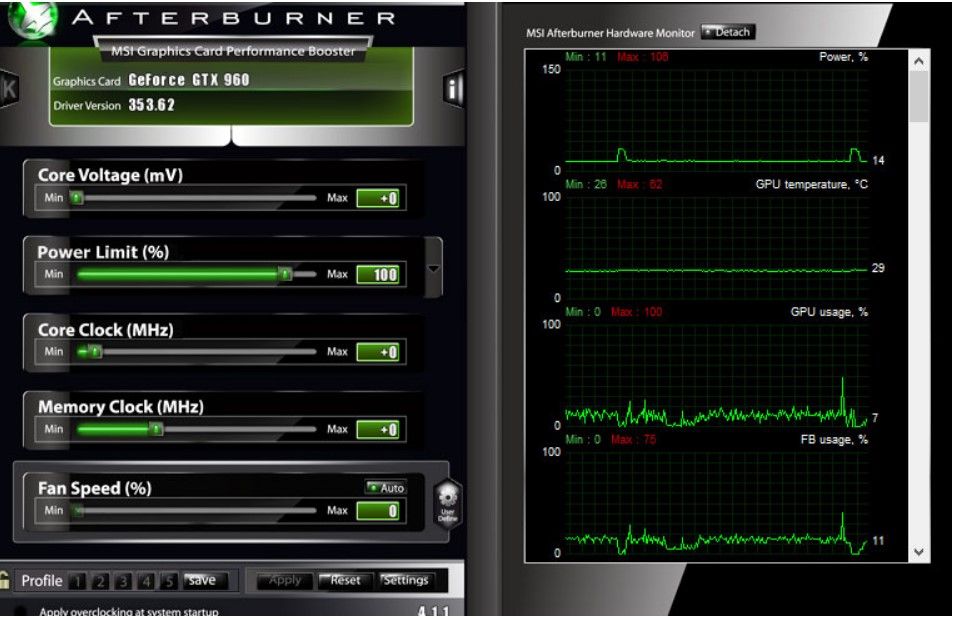
Clean your Mining Rigs
Say you’re running a mining rig. Mining rigs require a lot more cooling, so they are open-air, exposed to the outside, always without dust filters. Cleaning your mining rigs is essential to prevent them from overheating and maintain their lifespan.
If your rig remains exposed to air all the time, then there’s a lot of dust and lint clogged up in there, and they can compromise your cooling. If that doesn’t do the trick, then you can add more external fans or get a better cooler itself.
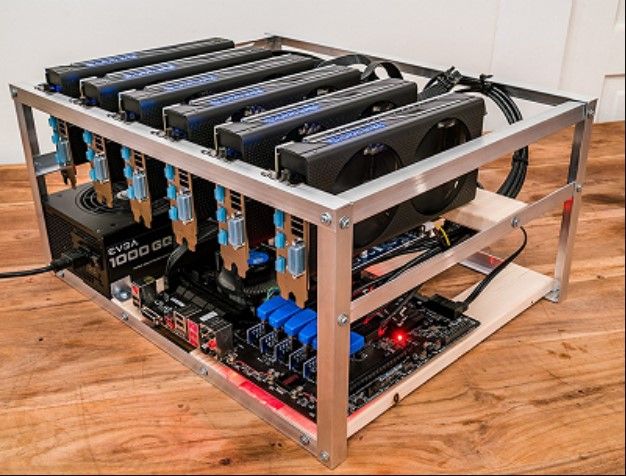
High Ambient Temperature
The environment around you plays a vital role in your temperatures as well. If you live in a hotter area, then the ambient temperature of that area would also affect your PC. Putting your PC in an air-conditioned room will take off a couple of degrees from your temps as the ambient temperature would be cooler.
To counter high ambient temperature, you can try adding more fans inside the case to provide better airflow; you can also try placing your PC in a part of the house that does not get as hot as the rest, or you can even liquid cool your graphic card but that’s a little extreme.
You would need to invest a lot of money in that. You cannot do much here as your room temperature won’t change if you live in a hotter area.
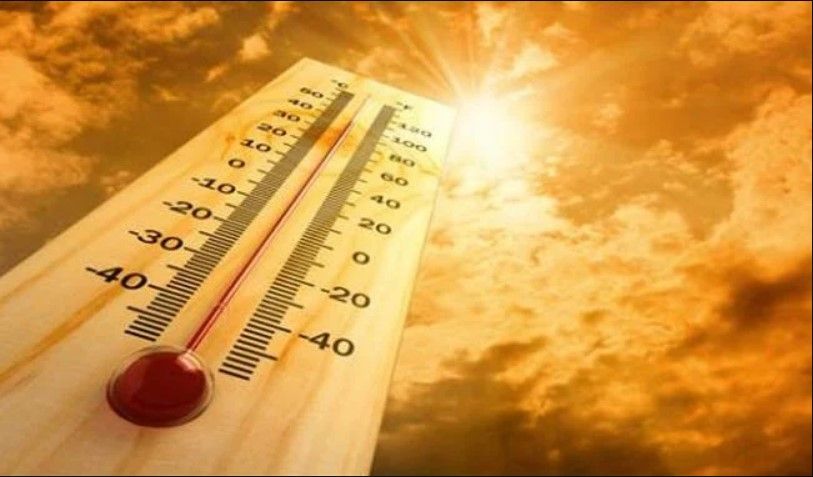
Use An Older Graphics Driver
Keeping your graphics drivers is GPU 101, right? Yes, it is, but, in some cases, especially if you’re using an older graphic card, new drivers can make your graphics unit run hotter. If you are experiencing high temps all of a sudden, then there’s a good chance that your graphics drivers are the culprit here.
Rollback to the previous version of the graphics drivers and that should fix the problem. Sometimes. Driver updates end up doing more harm than good because of some bugs or issues in the new update.
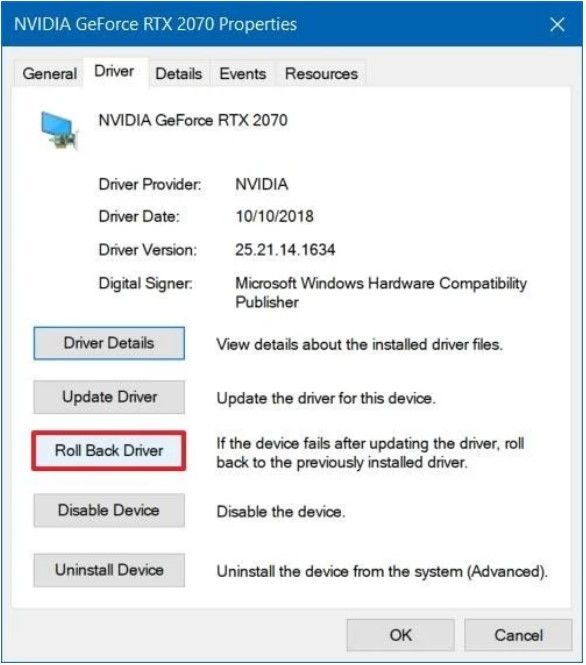
Verdict:
Your graphics card is arguably the most critical part of your computer, as it’s responsible for pushing all those pixels you see on your screen.
So, it’s evident that you would want to keep it as chill as possible, so it performs its best without thermal throttling. There are many different tools out there that can help you monitor your GPU temps and even adjust them to some degree.
If your temps are high, you should try the steps mentioned above to get those numbers down. High temps also negatively affect your card’s lifespan and decrease its longevity.
Unless you have central liquid nitrogen conditioning in your house, you need to keep that card’s temperature as low as possible.
Suggested readings:
- How to water cool gpu
- Gpu overheating
- What is gpu bottleneck
- How to make gpu quieter
- Optimal gpu temperature
Frequently Asked Questions (FAQs)
#1- What is a safe GPU temp?
A safe temp is anywhere between 60 and 85. Under load, your video card should not hit or exceed 90 and should hover in the upper 70s and 80s. When idling, it should not exceed 65 degrees.
#2- Is 80 degrees hot for a GPU?
80 degrees is hot for a video card, and you should be concerned about those kinds of temps, but it’s not too high as GPUs can go up to 85 under load, which is considered normal. You should be OK with 80 degrees temp but still, try to reduce it if you can.
#3- Is 65 degrees hot for a GPU?
65 degrees is not hot for a graphics unit. Especially if you are gaming or running GPU-intensive applications, 65 degrees is an excellent temperature. However, when you are idling, then 65 degrees should be concerning but not too much worry.
#4- What is a good GPU temp under load?
A good temp would be in the 70s; if your GPU stays in the upper 70s while under load, then your temps are great. Up to 85 degrees is expected for cards under load, but you should always aim to get your temps as low as possible.


